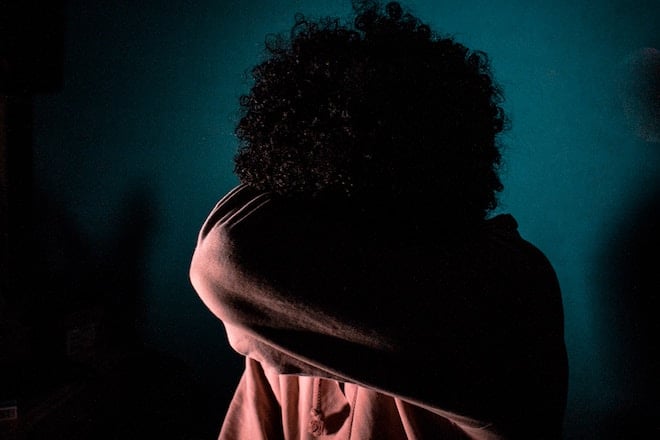Bullying isn’t just a “school yard” issue — 20% of students report that they have experienced bullying at one time or another. Adults can also experience bullying, at work or in social settings. Bullying can take many forms, from verbal taunting and humiliation to physical abuse. Cyberbullying is increasingly a problem, with 15% of high school students reporting being victims of cyberbullying and 55.2% of LGBTQ students experiencing it.
Bullying has profound and lasting effects on mental health. Victims of bullying are at increased risk of depression, self-harm, as well as self-esteem and social adjustment issues. Children and adolescents who do the bullying are more likely to engage in substance abuse, violence, and experience academic setbacks.
What can be done about bullying? If you are the parent of a child who is being bullied, reach out to the school administration; if that doesn’t work, contact the US Department of Education or the US Department of Justice, Civil Rights Division. If you are an adult victim of bullying, keep a record, either by recording the behavior or saving electronic messages. If you suspect that you are in danger, report the bullying to law enforcement.






